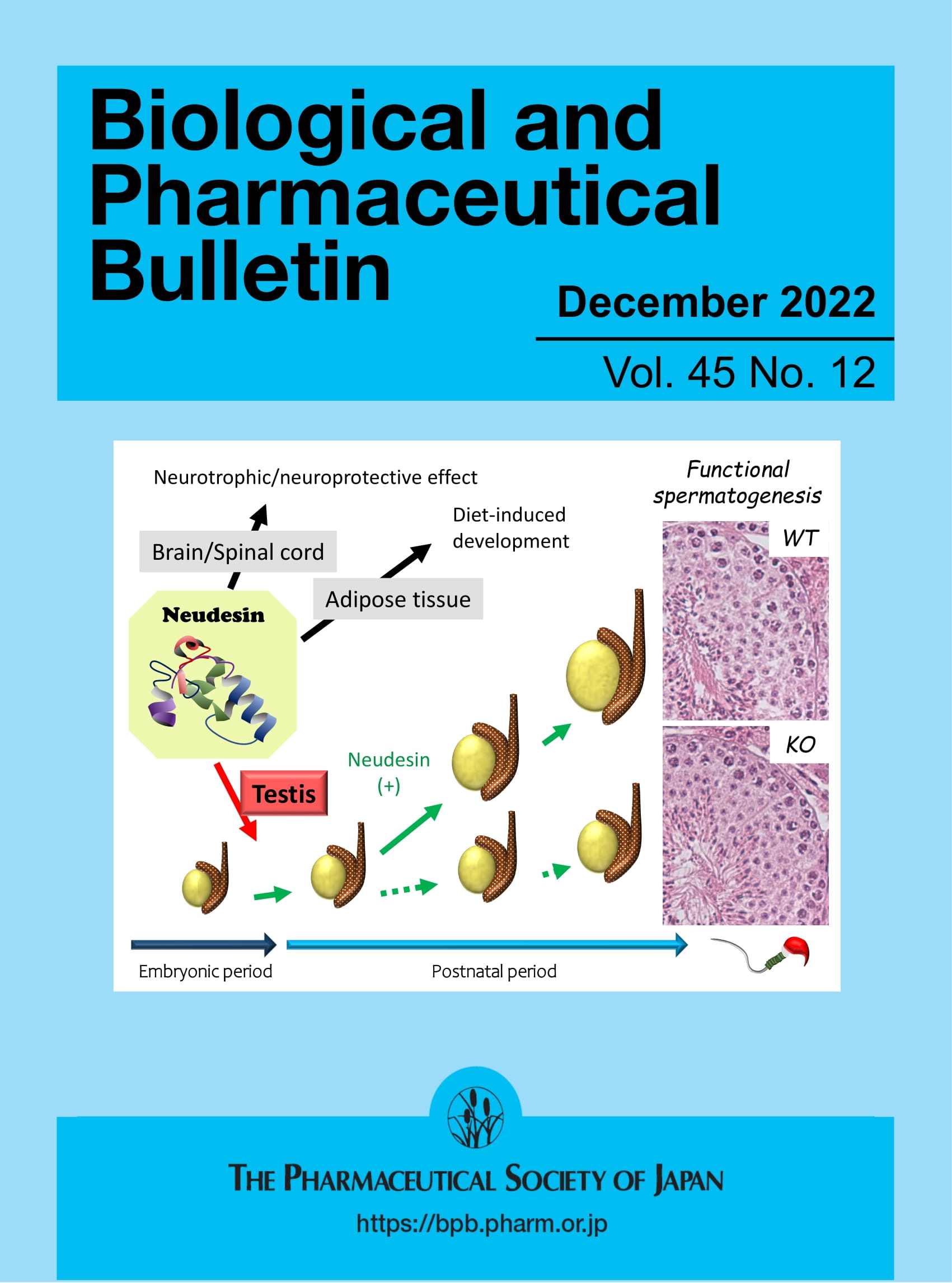Characterization of metabolic features and potential anti-osteoporosis mechanism of pinoresinol diglucoside using metabolite profiling and network pharmacology
Abstract
Rationale
Eucommia cortex is the core herb in traditional Chinese medicine preparations for the treatment of osteoporosis. Pinoresinol diglucoside (PDG), the quality control marker and the key pharmacodynamic component in Eucommia cortex, has attracted global attention because of its definite effects on osteoporosis. However, the in vivo metabolic characteristics of PDG and its anti-osteoporotic mechanism are still unclear, restricting its development and application.
Methods
Ultra-high-performance liquid chromatography coupled with quadrupole time-of-flight mass spectrometry was used to analyze the metabolic characteristics of PDG in rats, and its anti-osteoporosis targets and mechanism were predicted using network pharmacology.
Results
A total of 51 metabolites were identified or tentatively characterized in rats after oral administration of PDG (10 mg/kg/day), including 9 in plasma, 28 in urine, 13 in feces, 10 in liver, 4 in heart, 3 in spleen, 11 in kidneys, and 5 in lungs. Furan-ring opening, dimethoxylation, glucuronidation, and sulfation were the main metabolic characteristics of PDG in vivo. The potential mechanism of PDG against osteoporosis was predicted using network pharmacology. PDG and its metabolites could regulate BCL2, MARK3, ALB, and IL6, involving PI3K-Akt signaling pathway, estrogen signaling pathway, and so on.
Conclusions
This study was the first to demonstrate the metabolic characteristics of PDG in vivo and its potential anti-osteoporosis mechanism, providing the data for further pharmacological validation of PDG in the treatment of osteoporosis.

 求助内容:
求助内容: 应助结果提醒方式:
应助结果提醒方式:


